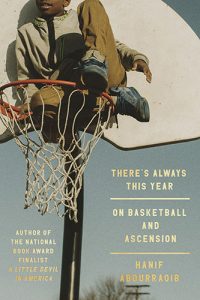Front Range – Spring 2010
Volume 5 Issue 1
Spring 2010
Annual
C.D. Thomas
I know that I’m not the ideal reader for journals that feature art. I usually don’t pay attention as I should, and consider the pieces selected as speed bumps. In this aspect, the art in Front Range isn’t exceptional, but it has been selected with an informed eye to complement the text. The journal’s words, however, are satisfying and, dare I say, practical.
I know that I’m not the ideal reader for journals that feature art. I usually don’t pay attention as I should, and consider the pieces selected as speed bumps. In this aspect, the art in Front Range isn’t exceptional, but it has been selected with an informed eye to complement the text. The journal’s words, however, are satisfying and, dare I say, practical.
As in Mark Gibbons’s “Smoke,” these poems don’t “try / to ‘extend’ the language,” they “merely sang / from the core” of characters’ experiences, ground in normal life and observations. We see portraits of grandmothers, fathers, lovers, friends, all without fuss and excess ornament. Writers’ voices don’t overpower these portraits; rather, they extend one’s imagination as one would while riding a bus, watching walkers outside.
Of the prose, Donna D. Vitucci’s “In Euphoria” created memorable, contradictory, fascinating characters and situations in a short space, while “Shadow-Mouthed: A Love Note of Sorts” took the familiar tropes of crazy love and drug-fueled sex and pushed them toward an evocation of wisdom and regret, without histrionics. In poetry, Nikki Loftin’s “Burn Barrels” takes that fiery metaphor and squeezes clear, pungent juice out of it, while “3 Things” by Danielle Goncalves depicts a sensual centeredness holding back rage and pain. Being based in Montana, Front Range necessarily has nature poems galore, Laura L. Snyder’s “I Saw a Coyote” and Anne Harding Woodworth’s “Caught” being two highlights.
Near the end, “The Tao of Al Green” by Adrian S. Potter states erotics and spiritualism as plain as one of Green’s wails—short, sharp, smutty. But Potter’s “Open Letter to Fear” belongs on the shortlist of meditatives along with Frank Herbert’s “Fear is the mindkiller”: Seeing the enemy’s face is the first part of conquering it, or at least keeping it at bay.
This issue is fine, casual reading. I’ll be looking forward to further installments.
[www.frontrangemt.org/]




